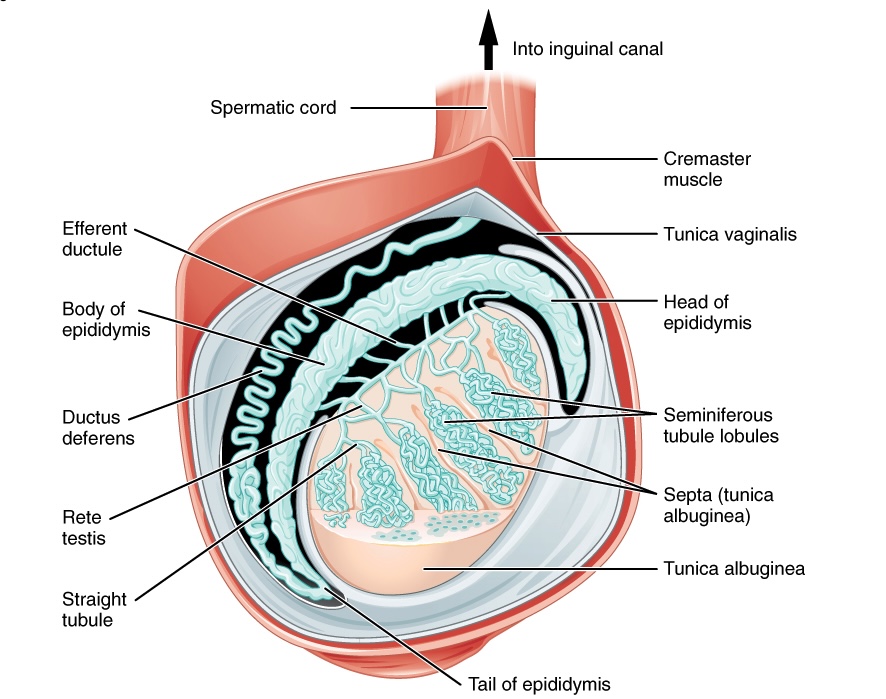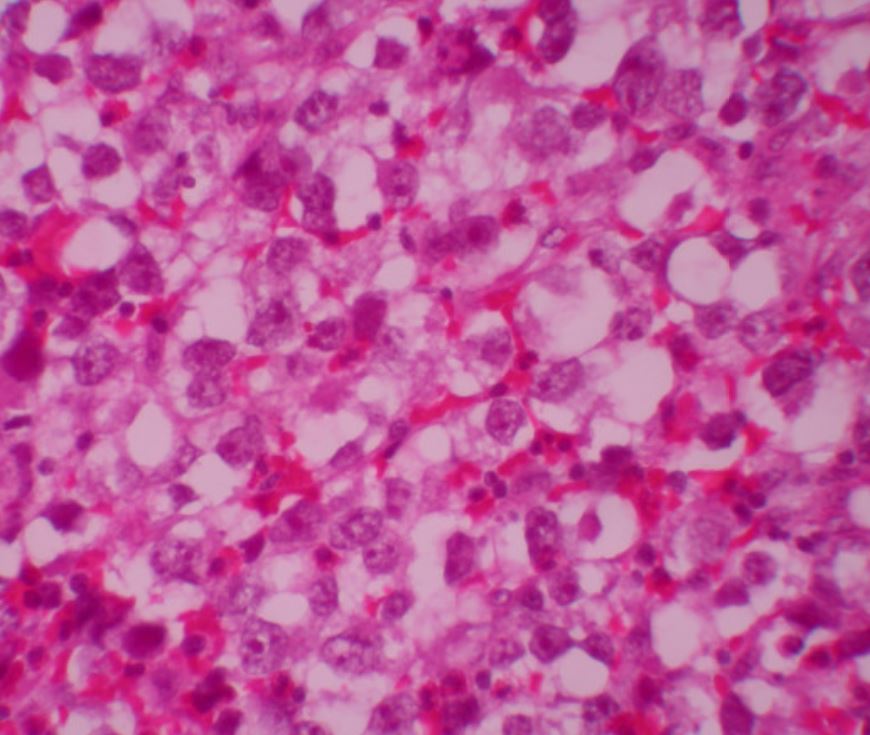Playlist
Show Playlist
Hide Playlist
Testicular Cancer
-
Slides Testicular Neoplasms and Prostate-Male Reproductive Pathology.pdf
-
Download Lecture Overview
00:01 Our topic here is testicular neoplasias and prostate pathology. 00:05 Let's begin. 00:06 We'll begin our discussion on testicular tumors with the most common family of testicular tumors being germ cell tumors. 00:14 What I'd like for you to do do is also keep in parallel your learning of ovarian tumors. 00:20 In that way, you can then see the two families that are involved in both set of tumors. 00:25 The most common ovarian family tumors will be surfaced-derived, not germ cell tumors. 00:31 Here, when you're taking a look at a male with testicular tumor, the germ cell tumors account for 95% of all testicular tumors. 00:40 This is where your focus should be. 00:42 Next, you'll take your germ cell tumors and then you'll divide into the following. 00:47 Specifically seminoma or seminomatous versus non-seminomatous. 00:52 And by non-seminomatous, we might be referring to yolk sac tumors, choriocarcinoma, embryonal sac, clear? Oftentimes, your testicular tumors will be mixed. 01:05 So you might have a germ-cell tumor such as a seminoma, mixed with perhaps embryonal type of tumor. 01:11 We'll take a look at mixed coming up shortly. 01:14 And before we move on, keep in mind once again the most common family of ovarian tumors would be? Good. 01:21 We have our surface-derived. 01:24 Now germ cell tumors in a male, painless mass most commonly. 01:28 And occurs usually in young men with peaking in their 20s, so really young. 01:34 Next, as I told you earlier with germ cell tumors, we'll divide this into seminoma and non- seminomatous. 01:40 And with seminomas, they like to spread lymphatically first, then hematogenous. 01:48 Versus non-seminomatous including your choriocarcinoma, maybe your embryonal sac and yolk sac and such. 01:55 Well, those like to spread hematogenous. 01:58 Something else you want to keep in mind, this is a testicular tumor. 02:02 Testicular tumors like to spread lymphatically, or seminomas specifically, like to spread lymphatically to the para-aortic whereas we had looked your penile cancers and penile cancers therefore like to spread more to the inguinal lymph nodes. 02:19 Those are important features that you want to pay attention to in this paragraph. 02:25 Tumor markers are present for germ cell tumors and we'll talk more about this. 02:30 For example, you've heard of alpha fetoprotein, human chorionic gonadotropin and company.
About the Lecture
The lecture Testicular Cancer by Carlo Raj, MD is from the course Male Reproductive System Diseases.
Included Quiz Questions
Which statement is TRUE regarding testicular cancer?
- It most often presents as a painless scrotal mass.
- It is most common in infants and newborns.
- It is most common in men over age 40 years.
- It is most common in African Americans.
- It has the appearance of "a bag of worms."
What is the most common type of testicular cancer?
- Germ cell tumors
- Sertoli cell tumors
- Leydig cell tumors
- Adenocarcinoma of the testis
- Yolk sac tumor
Customer reviews
5,0 of 5 stars
| 5 Stars |
|
5 |
| 4 Stars |
|
0 |
| 3 Stars |
|
0 |
| 2 Stars |
|
0 |
| 1 Star |
|
0 |






